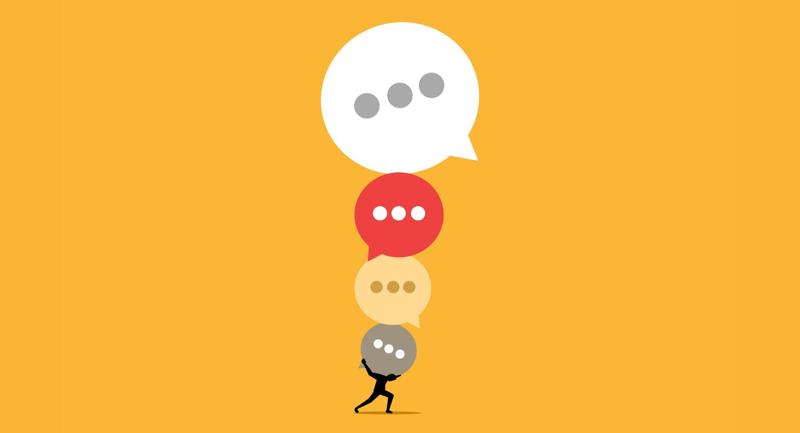For hundreds of thousands of years, when it came to complex reasoning and advanced problem-solving, human intelligence was the only game in town. If there was a higher-order cognitive task that needed doing, humans did it.
But humans no longer hold a monopoly on intelligence.
Artificial intelligence (AI) now has the ability to outperform human intelligence on a wide range of cognitive tasks, from reading comprehension and image classification to language translation and safe driving.
This doesn’t mean human intelligence is any less important. In fact, as a digital humanist, I believe human intelligence has never been more essential. But it does create an interesting situation for us humans. For the first time in history, we have to come to terms with the fact that there are some tasks that our human brain actually isn’t optimized for. There are jobs we have been doing only because there was no better option. Recognizing this takes some humility on our part.
Choosing the Right Tool for the Job
Imagine a dump truck and a sports car parked next to each other. Both have different strengths and weaknesses based on their design. If I’m trying to travel a long distance efficiently and comfortably, the sports car is my best bet. If I’m trying to haul a pile of rocks across town, the dump truck is the far better option. We now have two types of intelligence to choose from—human and artificial. And like the two vehicles, we have to recognize which one is best suited for the task at hand.
Let’s start with the sports car. We’ll let that represent human intelligence. What are some uniquely human responsibilities that should not be handed off to artificial intelligence? Think: discernment, developing relationships, creativity, empathy, and humor—the things that make us human.
Now let’s look at the AI dump truck. When would that be the better option? Think: quickly summarizing large amounts of information, recognizing patterns, generating many possible solutions to a problem, or creating media to help us visualize a complex idea.
As we practice making the sports car/dump truck determination, there will be times when we get it wrong. My son recently spent multiple days in his English class learning how to manually format references into MLA style. That task is not a good use of the human brain. While well-intentioned, his teacher was asking her students to use a sports car to do a dump truck job.
We can get it wrong the other way, too. A student who is asked to develop their own opinion about citizen rights for a civics class could easily type "what rights should citizens have?” into AI to get an answer. But if the goal is to actually form their own opinion about citizen rights, then they have just used a dump truck to do a sports car job—missing out on the chance to develop their own thinking.
The secret to thriving in an AI world is knowing when it would be irresponsible to hand off a key decision or task to AI—and when it would be irresponsible not to.
It’s important to note that the decision of which vehicle to use is also context-specific. If I’m conducting research on gene editing and need to access a seminal paper written by an Italian biologist, using AI to translate would be a smart use of the AI dump truck. However, if my goal is to actually learn to speak Italian, having AI translate everything for me isn’t helpful.
Which brings me to my final point. The secret to thriving—and surviving—in an AI world is knowing when it would be irresponsible to hand off a key decision or task to AI—and when it would be irresponsible not to.
As we step into this new future, may we be brave enough to hold onto the uniquely human tasks and humble enough to let go of the ones we were never really that good at anyway!






